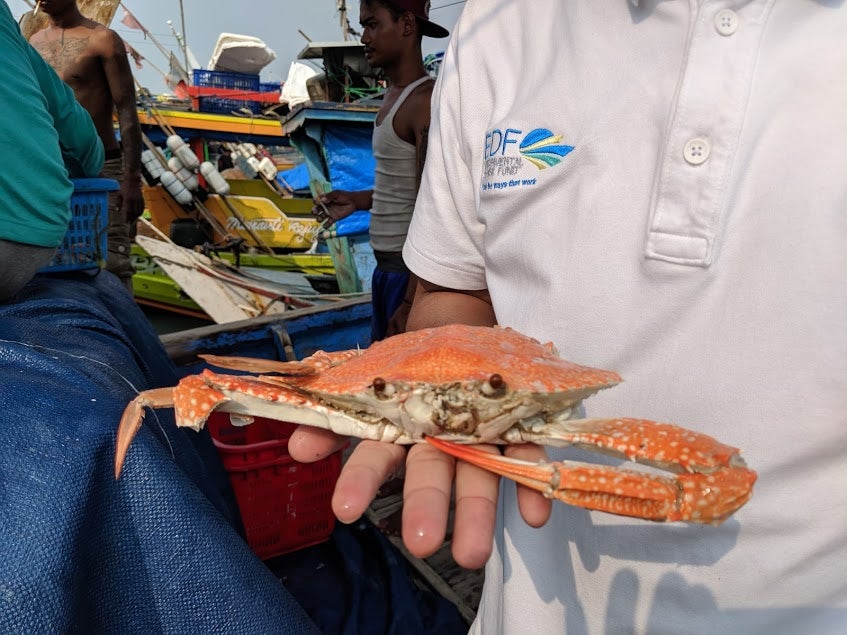 If you’ve enjoyed a delicious crab cake at a restaurant in the U.S. recently, you might be surprised to learn that the crab you were eating had a pretty long trip to your plate. That’s because there’s a high chance it was made with blue swimming crab imported from tropical countries such as Thailand, Vietnam or Indonesia. But while crab in the U.S. is well regulated and is mostly sustainable, little is known about whether current fishing practices are sustainable over the long term for crabs in Asia. That’s why Environmental Defense Fund (EDF) is working with local fishermen in Lampung Province, Indonesia to help ensure this globally-popular product remains sustainable and plentiful for the future.
If you’ve enjoyed a delicious crab cake at a restaurant in the U.S. recently, you might be surprised to learn that the crab you were eating had a pretty long trip to your plate. That’s because there’s a high chance it was made with blue swimming crab imported from tropical countries such as Thailand, Vietnam or Indonesia. But while crab in the U.S. is well regulated and is mostly sustainable, little is known about whether current fishing practices are sustainable over the long term for crabs in Asia. That’s why Environmental Defense Fund (EDF) is working with local fishermen in Lampung Province, Indonesia to help ensure this globally-popular product remains sustainable and plentiful for the future.
Learn more about what’s possible in this photo story about a recent project harnessing technology to improve the efficiency and sustainability of this resource.
Blue swimming crab grow and reproduce quickly, eat almost anything and produce a lot of white, flaky crab meat that is popular in restaurants all over the world.
It’s also fairly easy to catch them using crab traps or nets, and the high price that these crab fetch on the market means that a lot of fishermen all over the tropics chase this resource — many without regulation.
 While this highly productive species just seems to keep producing, history shows us that fishing for any species without restraint will almost certainly result in overfishing, with associated deleterious ecosystem impacts, reduced food provision and lower levels of economic benefits to coastal communities that are heavily reliant on healthy fisheries for their livelihoods.
While this highly productive species just seems to keep producing, history shows us that fishing for any species without restraint will almost certainly result in overfishing, with associated deleterious ecosystem impacts, reduced food provision and lower levels of economic benefits to coastal communities that are heavily reliant on healthy fisheries for their livelihoods.
 That’s why Environmental Defense Fund is engaging with local industry groups, academics, managers and other partners in Lampung Province, one of the most important blue swimming crab fishing areas in Indonesia, to develop a fisheries management plan that will help ensure the sustainability of this fishery.
That’s why Environmental Defense Fund is engaging with local industry groups, academics, managers and other partners in Lampung Province, one of the most important blue swimming crab fishing areas in Indonesia, to develop a fisheries management plan that will help ensure the sustainability of this fishery.
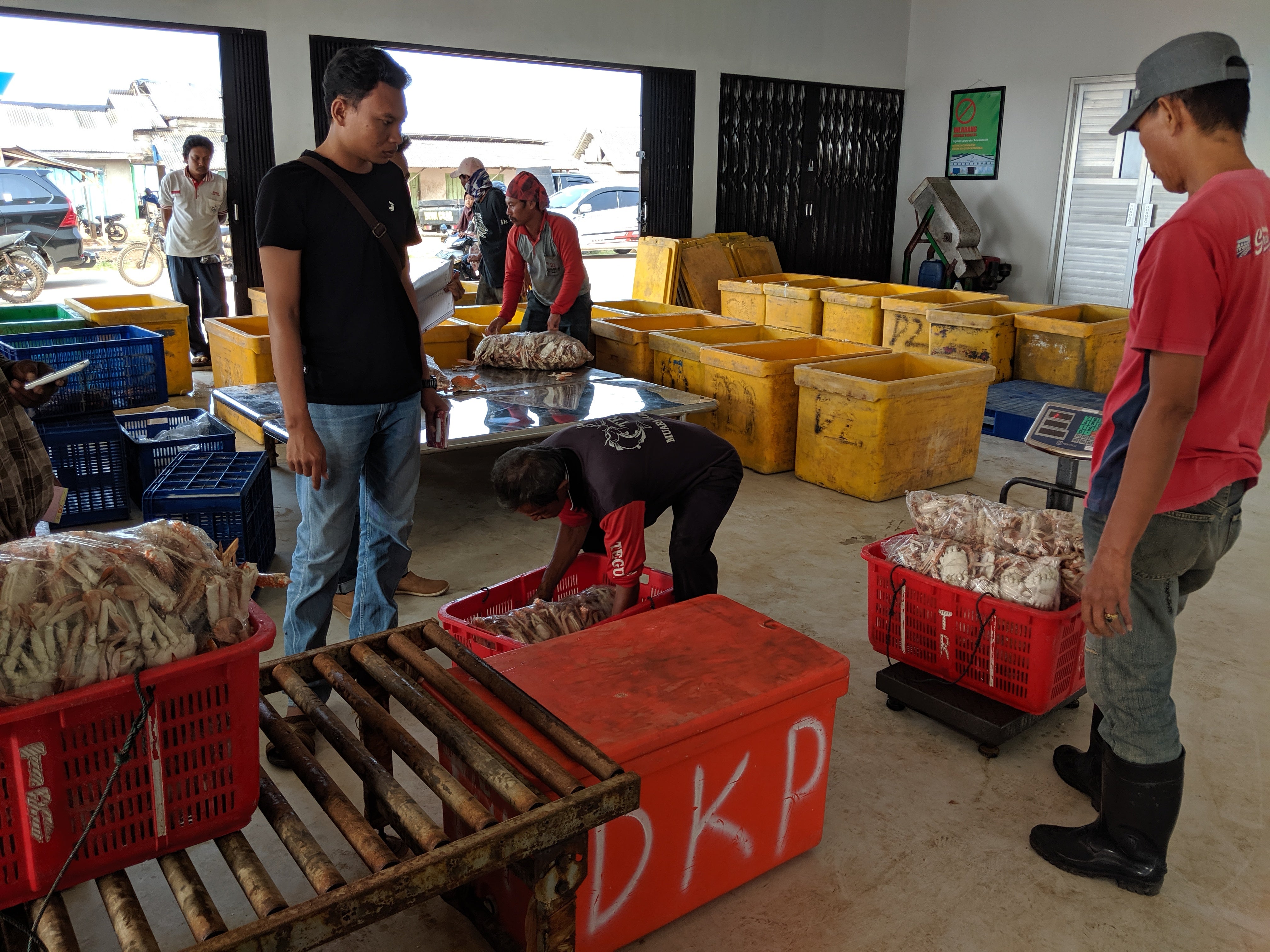 One of the first steps is to generate the fisheries data needed to allow the development of science-based management measures — limits on catch or effort — that should end up increasing the amount of crab that can be caught sustainably, while also increasing economic benefits to fishing communities.
One of the first steps is to generate the fisheries data needed to allow the development of science-based management measures — limits on catch or effort — that should end up increasing the amount of crab that can be caught sustainably, while also increasing economic benefits to fishing communities.
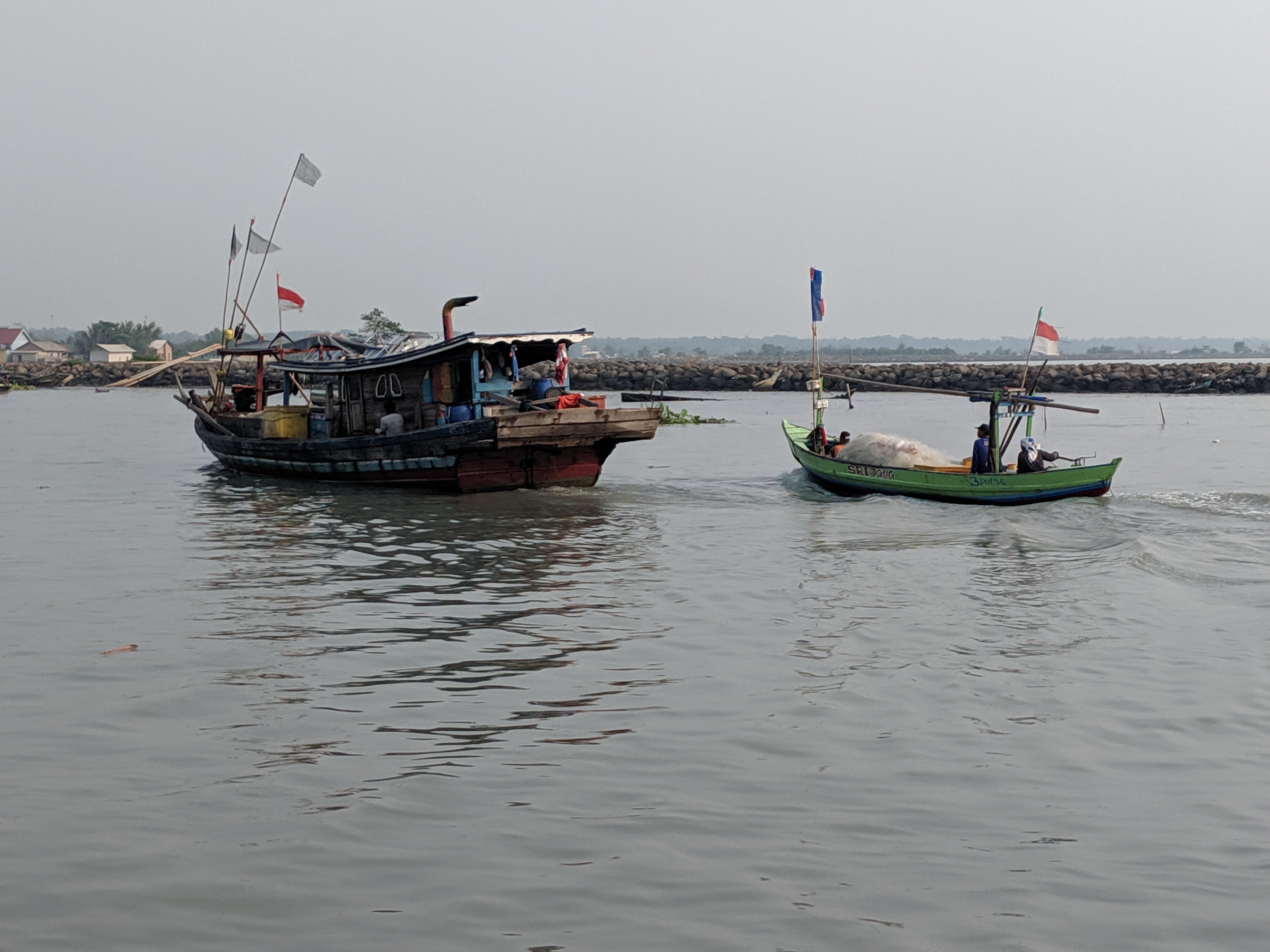 Collecting data in Lampung is challenging: vessels deliver to remote villages that are located at the mouths of coastal rivers. Here, the crab are cooked and the meat picked at mini-plants. The meat is then sent to larger regional plants for further processing and export.
Collecting data in Lampung is challenging: vessels deliver to remote villages that are located at the mouths of coastal rivers. Here, the crab are cooked and the meat picked at mini-plants. The meat is then sent to larger regional plants for further processing and export.
The remoteness of the villages means that very little data have been collected to date. Currently, dock samplers (called enumerators) interview fishermen when they deliver catch and record their catch and fishing effort information in paper notebooks. These data are then transcribed at the end of every month into a government prescribed data form. This process is time-consuming and costly, limiting the amount of data that can be collected as well as the speed with which data can be used for management.
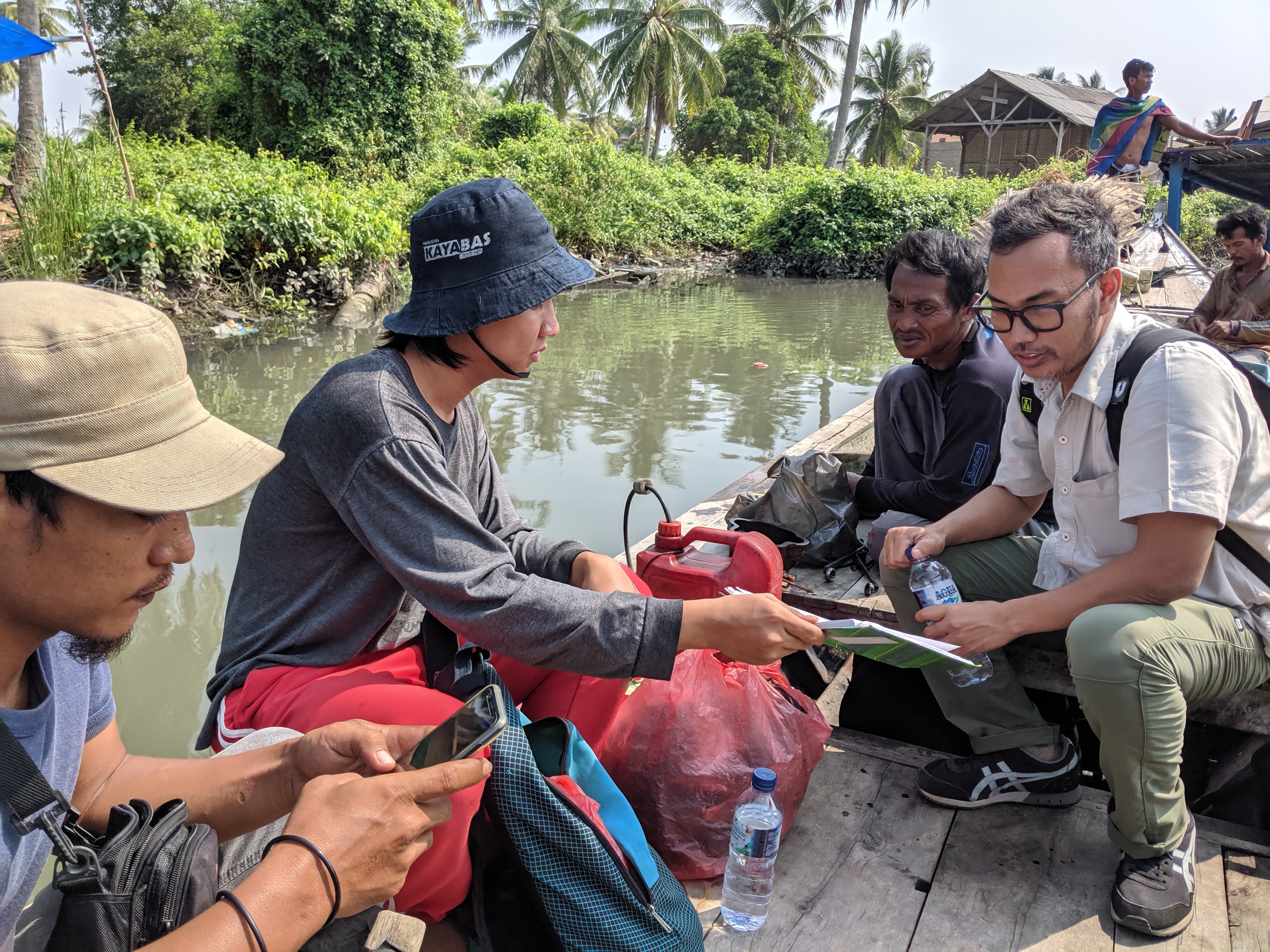 EDF is helping to modernize the data collection system by developing an inexpensive smartphone application with our partner Vericatch. The system can accept all data fields in the Indonesian Bahasa language required by the government, store those data until the enumerator comes into cellphone range and then transmit cheaply to a cloud-based server. Managers can then convert the data into spreadsheet format with the click of a button and start using them in close to real-time.
EDF is helping to modernize the data collection system by developing an inexpensive smartphone application with our partner Vericatch. The system can accept all data fields in the Indonesian Bahasa language required by the government, store those data until the enumerator comes into cellphone range and then transmit cheaply to a cloud-based server. Managers can then convert the data into spreadsheet format with the click of a button and start using them in close to real-time.
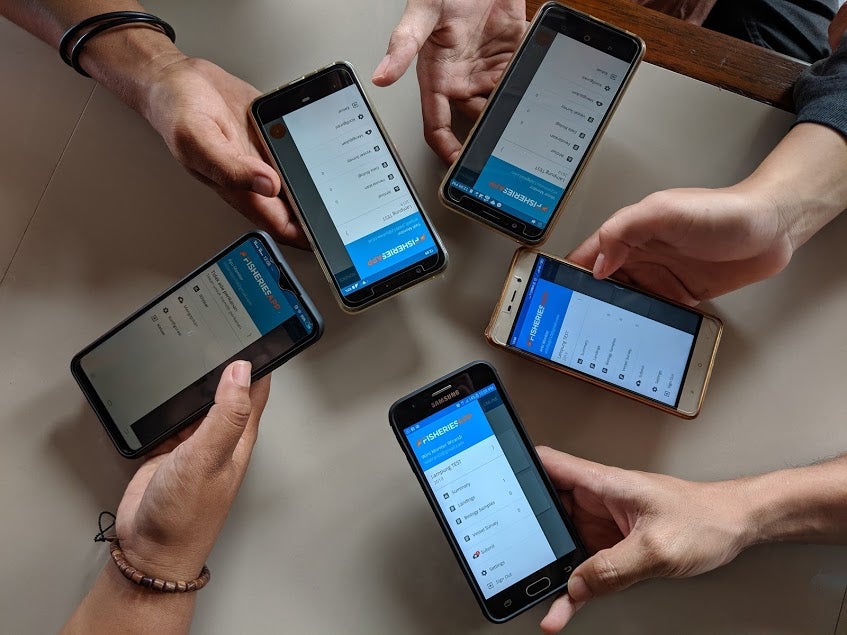 We’ve trained four enumerators in Lampung to use their own smartphones to collect the data needed for management, and plan on training six more this year.
We’ve trained four enumerators in Lampung to use their own smartphones to collect the data needed for management, and plan on training six more this year.
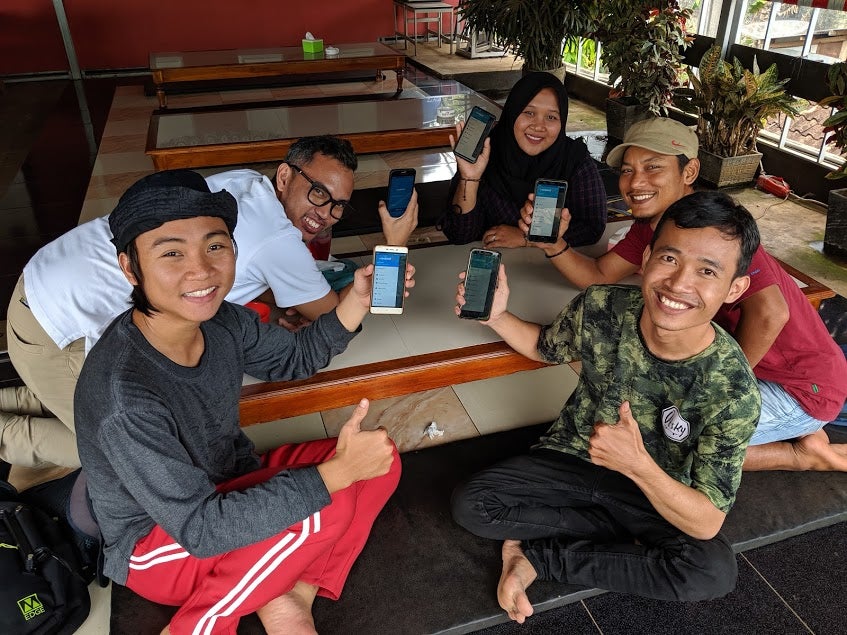 We believe that working with the Indonesian government as well as all fishery stakeholders to demonstrate the potential of new technologies in Lampung Province will lead the way toward a country-wide shift toward collecting more types of data. These data are needed to ensure benefits from all Indonesian fisheries continue to accrue for Indonesians, sustainably. This is exciting work, and we look forward to sharing updates as technology pilots such as this take hold and scale up to include more fishing communities across Indonesia and the world.
We believe that working with the Indonesian government as well as all fishery stakeholders to demonstrate the potential of new technologies in Lampung Province will lead the way toward a country-wide shift toward collecting more types of data. These data are needed to ensure benefits from all Indonesian fisheries continue to accrue for Indonesians, sustainably. This is exciting work, and we look forward to sharing updates as technology pilots such as this take hold and scale up to include more fishing communities across Indonesia and the world.









